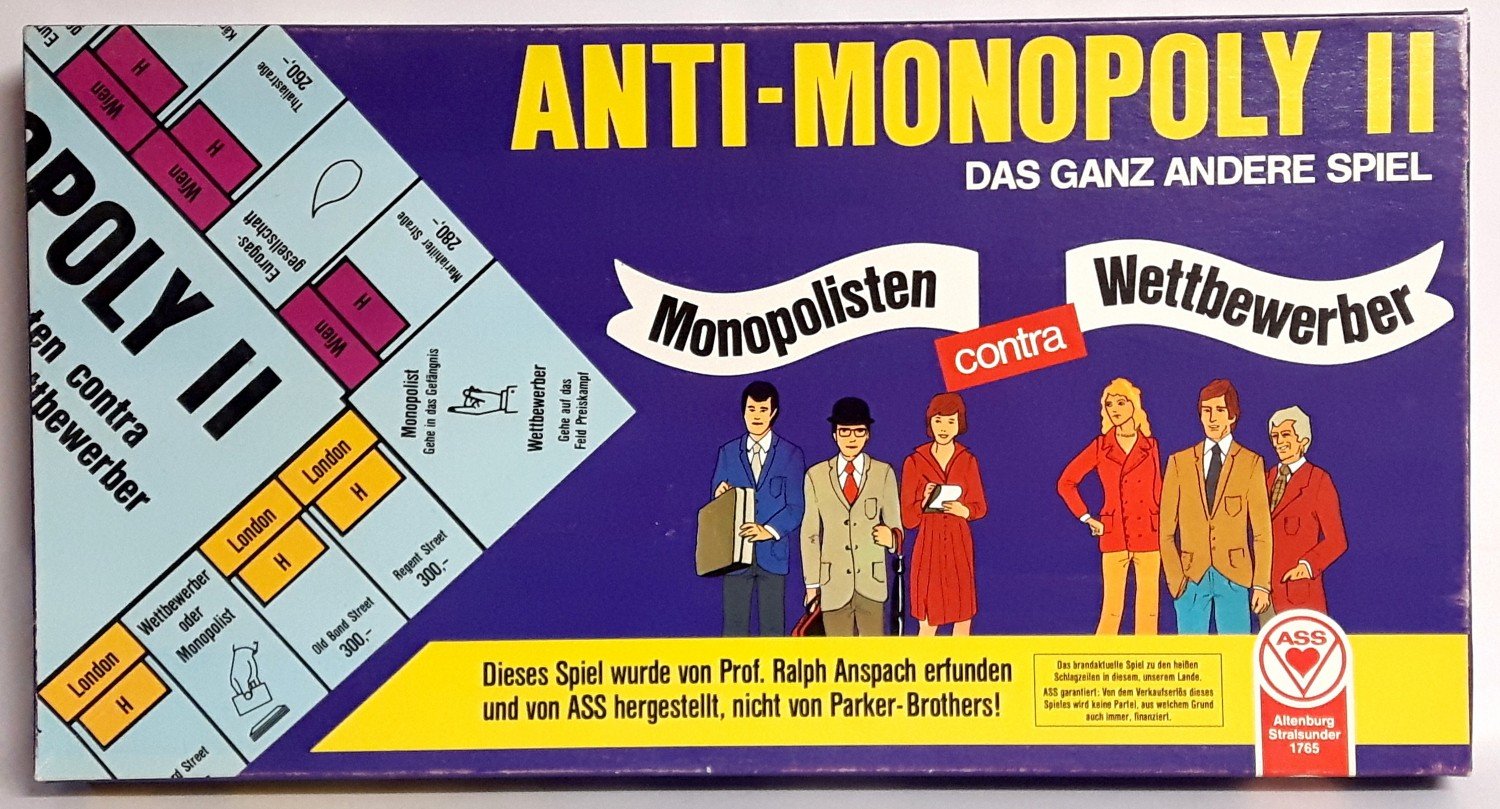

Our point is not to resolve whether laptops and tablets are in the same market, but to show that it isn’t always easy to definite a relevant product or service market. If the price of one goes up, it probably has some effect on the demand for the other, but there are some people that will definitely buy a laptop and others that will take home a tablet (or have both, for different uses). So, for example, laptops and tablets are different products, sort of, and they fulfill similar but not identical purposes. That isn’t always easy, as some products are not perfect substitutes for each other, but do compete.


This inquiry is divided into two parts: (1) the relevant product or service market and (2) the relevant geographic market.Įssentially, what you are trying to do is figure out the area of effective competition for a particular product or service. The first step is to define-the best you can-the relevant market. A broader market definition may create a finding of no monopoly power, while a more narrow definition means the powerful company has monopoly power. Other times, the monopoly-power element comes down to how the court will define the relevant market. Sometimes this element leads to difficult questions about the line between monopoly power in a relevant market and something slightly less than that. Indiana Federation of Dentists (and subsequent case law and commentary). If you want to learn more about this point, read FTC v.
#ANTI MONOPOLY 2 FULL#
To determine whether an entity has monopoly power, courts and agencies usually first define the relevant market, then analyze whether the firm has “monopoly” power within that market.īut because the purpose of that analysis is to figure out whether certain conduct or an arrangement harms competition or has the potential to do so, evidence of the actual detrimental effects on competition might obviate the need for a full market analysis. The Possession of Monopoly Power in the Relevant Market This looks simple, only two basic elements, but it isn’t. The willful acquisition or maintenance of that power as distinguished from growth or development as a consequence of a superior product, business acumen, or historic accident.The possession of monopoly power in the relevant market.Here are the elements of a claim for monopolization under Section 2 of the Sherman Act: There is often a fine line between strong competition on the merits and exclusionary conduct by a monopolist. In the United States, monopolists have more flexibility, but they are still under significant pressure and could face lawsuits or government investigations at any time, even when they don’t intend to violate the antitrust laws. If you are interested in learning more about abuse of dominance in the EU, read this article. Nor is it illegal for a monopolist to engage in competition on the merits.Īs an aside, I have heard, informally, from companies that are considered “dominant” in Europe that the label of “dominant” effectively diminishes their ability to engage in typical competitive behavior because they are under such heavy scrutiny by EU Competition authorities. In the United States, Section 2 of the Sherman Act makes it illegal for anyone (person or entity) to “monopolize any part of the trade or commerce among the several states, or with foreign nations.” But monopoly, by itself, is not illegal. But if you utilize your monopoly power or obtain or enhance your market power improperly, you might run afoul of US, EU, or other antitrust and competition laws. Of course, it isn’t illegal itself to be a monopolist or dominant ( and monopoly is profitable). If you are in Europe or other jurisdictions outside of the United States, instead of monopoly, people will refer to the company with extreme market power as “dominant.”

Do you or your competitor have a monopoly in a particular market? If so, your conduct or their conduct might enter Sherman Act, Section 2 territory, which we call monopolization.


 0 kommentar(er)
0 kommentar(er)
